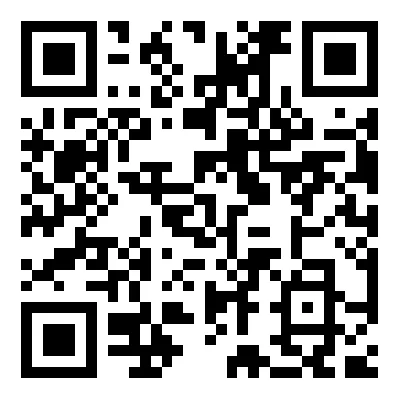The Reserve Bank of Australia (RBA) might keep interest rates steady for a longer time if economic data continues to be strong. However, if the economy slows down or the job market weakens, the RBA may need to lower rates further. Since August, there’s been a shift in market expectations as job figures have improved, pushing unemployment down to 4.3%.
Relaxed Financial Conditions
Over the past year, financial conditions in Australia have eased due to a lower cash rate. Some indicators show that financial conditions could be supportive, with risk premiums and bank funding costs now below pre-pandemic levels. The market reacted by seeing the AUD/USD pair drop by 0.13% as the US Dollar strengthened and the RBA Minutes were anticipated.
The RBA usually aims to keep inflation between 2-3% as it sets Australia’s monetary policy. The value of the Australian Dollar is affected by interest rates, inflation data, and macroeconomic indicators like GDP and employment statistics. Quantitative easing can devalue the AUD, while quantitative tightening can strengthen it. Economic data and global trends play a key role in the RBA’s policy decisions.
In summary, a strong economy and rising rates can help the Australian Dollar, while signs of slowing growth or a weak job market may lead the RBA to consider further easing.
The Reserve Bank of Australia is indicating that it is taking a wait-and-see approach, which creates both challenges and opportunities. The RBA might keep the cash rate stable longer if the economy stays strong, but it is open to cutting rates if economic conditions worsen. This data-driven approach means we should prepare for increased market volatility around major economic announcements in the weeks to come.
The primary reason for the bank’s current stance is the strong job market, which has been a consistent trend this year. The latest job report from the Australian Bureau of Statistics shows unemployment has fallen to 4.3%, below the 4.5% mark we often associate with full employment. This strength suggests that wage pressures might keep inflation from decreasing as fast as the RBA wants.
However, there are signs of a potential slowdown that may compel the RBA to consider rate cuts. Recent Gross Domestic Product (GDP) data for the third quarter showed only 0.2% growth, falling short of predictions and signaling a loss of economic momentum. Retail sales have also remained flat for the past two months, showing that consumer spending is struggling under the burden of higher interest rates.
Market Sensitivity to Economic Data
This mixed economic picture means the market for interest rate futures is highly sensitive to new information. Just a few months ago, traders expected rate cuts in early 2026, but that expectation has changed dramatically after the strong jobs data. Any upcoming information indicating weakness, such as the next monthly Consumer Price Index (CPI), could quickly reverse these expectations.
For traders dealing in derivatives, this uncertainty is best handled using options that benefit from large price movements. Purchasing straddles or strangles on the AUD/USD ahead of key data releases, like the upcoming job report or CPI data, could be a promising strategy. This approach allows us to profit from significant price changes, whether up or down, as the market assesses if the RBA will raise or cut rates next.
Currently, the Australian Dollar is facing challenges against the US Dollar, trading around 0.6483 despite the strong local job data. This weakness largely arises from a stronger US Dollar, driven by persistent inflation numbers that have delayed expectations for Federal Reserve rate cuts. This situation makes the AUD/USD pair a comparative value play based on which central bank appears more aggressive.
Looking forward, we need to closely monitor the upcoming monthly CPI release and the official Q3 GDP report for signs of either ongoing inflation or further economic weakness. These data points will be the main catalysts that could prompt the RBA to change its neutral stance. The market is poised for a significant movement, and these upcoming reports will likely be the triggers.
Create your live VT Markets account and start trading now.
here to set up a live account on VT Markets now







